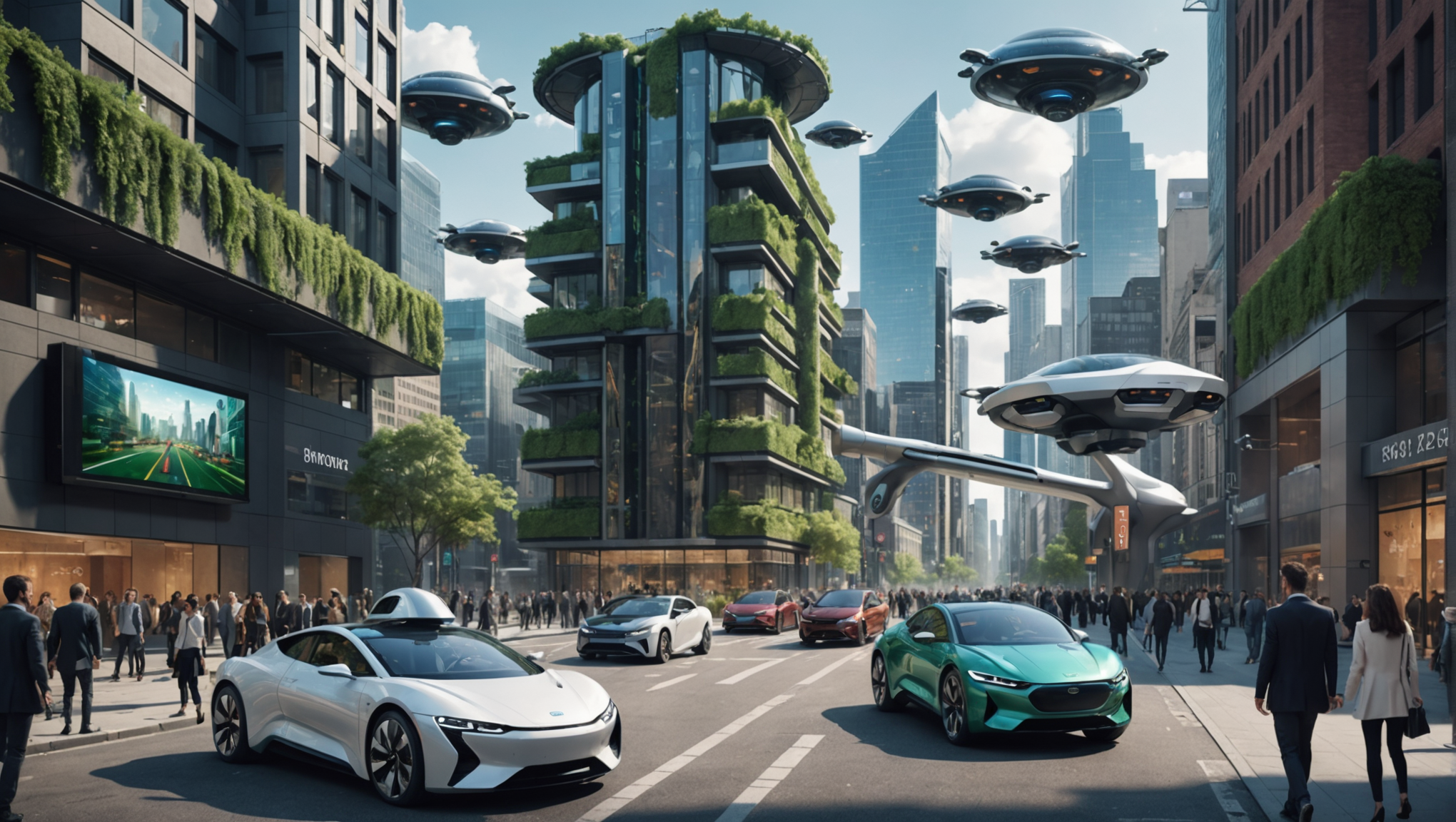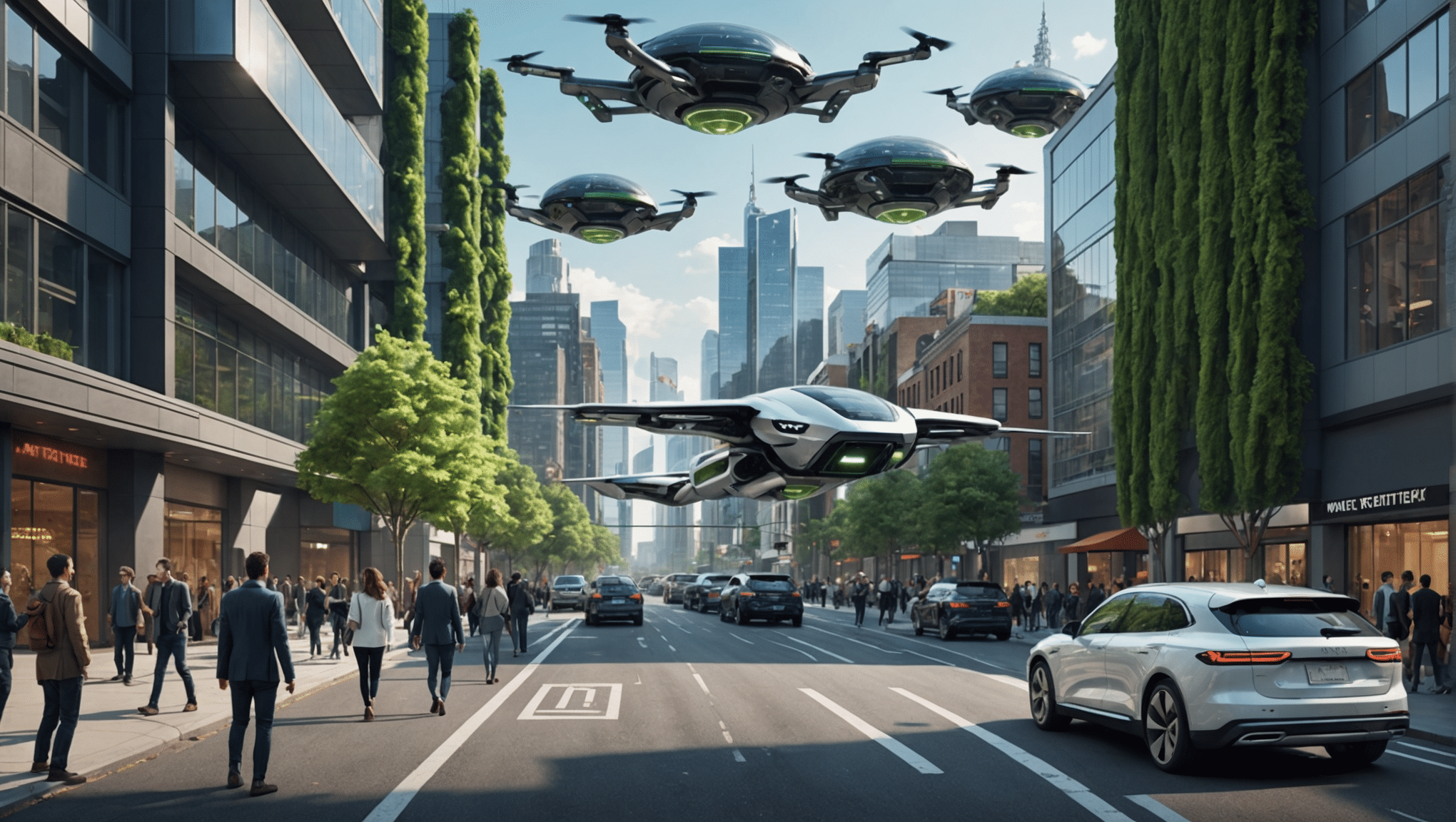Artificial intelligence (AI) is establishing itself as a disruptive innovation in the contemporary technological landscape, transforming not only the methods of work but also the way we conceive products and services. This technology, capable of learning and adapting, paves the way for revolutionary features that redefine industrial standards. By allowing companies to push the boundaries of creativity and optimize their processes, AI becomes an essential catalyst for generating new opportunities for innovation. This creative upheaval, while enriching, also raises questions about its social and economic consequences, thus prompting a deep reflection on its overall impact.
🔥 Nous recommandons Ideamap
Ideamap est l’outil idéal pour un brainstorming ou un projet collaboratif. Grâce son interface facile et à ses fonctions IA, Ideamap booste votre créativité tout en favorisant une meilleure organisation de vos idées pour atteindre vos objectifs.
|
IN BRIEF
|
Artificial intelligence (AI) is now recognized as a disruptive technology with almost limitless potential, transforming the way we innovate. Being at the forefront of the technological field, AI modifies the landscape of innovation, influencing not only how companies create products but also how they interact with their customers. This article explores these transformations in depth.
A redefined technology
At the heart of this technological revolution are machines capable of performing functions never imagined before. Thanks to advanced algorithms, AI enables systems to acquire sensation, conceptualization, and intention capabilities. These advances open new pathways for innovation, offering the ability to collect, analyze, and leverage data at an unprecedented scale and speed.
A disruptive innovation
It is crucial to distinguish incremental innovation from disruptive innovation. AI is redefining the latter by replacing old paradigms of innovation with radical solutions. Companies are no longer content to improve their existing products but are adopting an approach that challenges the very foundations of their industry. This technology manifests itself through examples such as ChatGPT. Indeed, the latter does not merely answer questions, but opens new horizons for human interaction and service personalization.
Impacts on the customer journey
The implications of AI are not limited to within companies: they also unfold in the customer journey. By integrating artificial intelligence tools, organizations can offer ultra-personalized customer experiences, thus enhancing customer service and user satisfaction. Each touchpoint becomes an opportunity to learn more about customer preferences, a crucial drive for building long-term relationships.
Challenges to overcome
Despite the undeniable benefits that AI brings, numerous challenges remain. Companies must navigate a constantly evolving regulatory environment while implementing technological solutions that respect both security and privacy standards. Bringing disruptive innovations to market is often fraught with obstacles, requiring exceptional agility and adaptability.
Towards a governance of innovation
Technological fluctuations also prompt reflection on a more structured innovation governance. Companies must develop a roadmap that integrates AI as a central pillar of their innovation strategy. This requires concerted efforts to identify opportunities for disruptive innovation, with digital tools needing to synchronize with this overarching approach. To delve deeper into this topic, it is essential to consult the best practices in innovation roadmap development.
Strategies for success
In order to optimize this transition, it is also crucial to draw inspiration from the fundamental principles of disruptive innovation, which guide companies towards a more innovative and competitive future. These strategies must inherently be part of a sustainable and responsible approach, taking into account the needs and expectations of consumers. More information on these principles can be found here: The fundamental principles of disruptive innovation.
In summary, artificial intelligence rewrites the rules of innovation. Through its central role in creating revolutionary applications and enriching customer experiences, it paves the way for a more dynamic and inclusive economy. Between opportunities and challenges, AI undoubtedly establishes itself as a major player in our technological future.
To further understand the challenges related to bringing innovations to market, it is wise to refer to resources on successful innovation strategies and the optimization of the product lifecycle through innovation.

Artificial intelligence (AI) is now perceived as a technological revolution, transforming the way companies approach disruptive innovation. Unlike incremental innovations that gradually improve existing products, AI enables the design of entirely new solutions, thus redefining market norms.
With AI, companies can analyze massive volumes of data, identifying complex patterns and providing valuable insights that feed the ideation process. This rapid and accurate analytical capability fosters the emergence of innovative ideas, propelling companies towards disruptive business models.
Another crucial aspect of AI’s impact on disruptive innovation is its potential to automate tasks that were previously performed by humans, freeing up resources to focus on more creative activities. This challenges not only the nature of jobs but also the skills required in a constantly changing work environment. AI drives companies to rethink their value creation processes, paving the way for innovation ecosystems where collaboration between humans and machines becomes essential.
Moreover, AI stimulates the decentralization of knowledge, allowing agile start-ups to emerge in the face of large corporations, which must now adapt to unprecedented innovation cycles. This shift redefines competitive dynamics, making disruptive innovation accessible to a wider range of actors.
In summary, artificial intelligence not only enhances existing innovations; it creates new opportunities, asserts disruption as a key strategy, and redraws the contours of innovation in an increasingly interconnected world. Each advance in this field brings its share of challenges and opportunities, forming the fabric of an exciting future for innovation.














